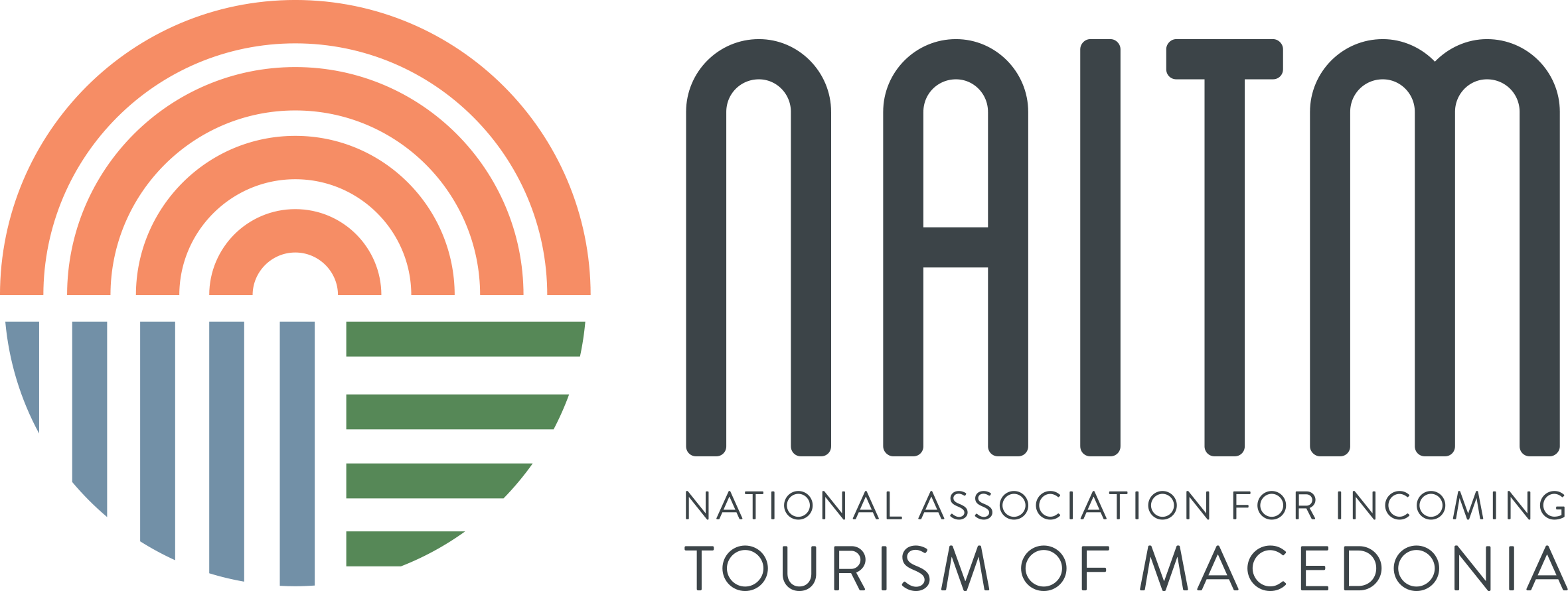History: the Illyrians were the first people who founded organized settlements in Albania. This population, especially in the southern area, developed relationships with the Greek colonies such as Epidamnos (627 BC) and Apollo (600 BC). With the defeat of King Perseus in the “Third Illyrian War”, the territory became a Roman province. The Romans, with the establishment of new coastal towns, latinized the population. Julius Caesar was educated in a school in Dyrrhachium (Durres), while Augustus studied in the city-state of Apollonia. With the fall of Rome (395 AD), Albania fell under Byzantium. In the Middle Ages the region was controlled by Bulgaria (IX and XII centuries), Venice (X and XIII, centuries), Byzantium (X and XIII centuries) and Serbia (XIII century). Under the Prince of Kruja Castriota Scanderbeg, the tribes of Epirus and Albania opposed the Ottoman attempts of conquest for 25 years and only after the death of the prince (1468) did Albania fell into Turkish hands (1478). The Ottoman rule lasted until 1912 and caused the mass conversion to Islam and the emigration of Christians to Egypt, Greece and Italy. During the First Balkan War, the country was conquered by Serbia and Greece. Only the coast of Vlora was not occupied, so here Ismail Qemali declared independence of Albania in November 1912. In 1928, Ahmet Zog was elected president and later he proclaimed himself as King Zog I. Zog gradually eliminated slavery, forbade the use of veils, and created the basis for transforming the Albanian feudal system, controlled by local Muslims, into a nation. In April 1939 Albania was invaded by the Italian army and Zog was forced to flee to Greece. In 1944, the Communist Party led by Enver Hoxha, a great admirer of Stalin, took control of the country. In the following years, Hoxha interrupted all of political and economic relationships with Belgrade, Moscow and then with Beijing: Albania was totally isolated. Since the death of the dictator in 1985, a timid political and economic opening has began. In 1990-91 with the fall of communist regimes in Eastern Europe, the multiparty system was introduced. Albania joined NATO and applied for membership of the European Union.



